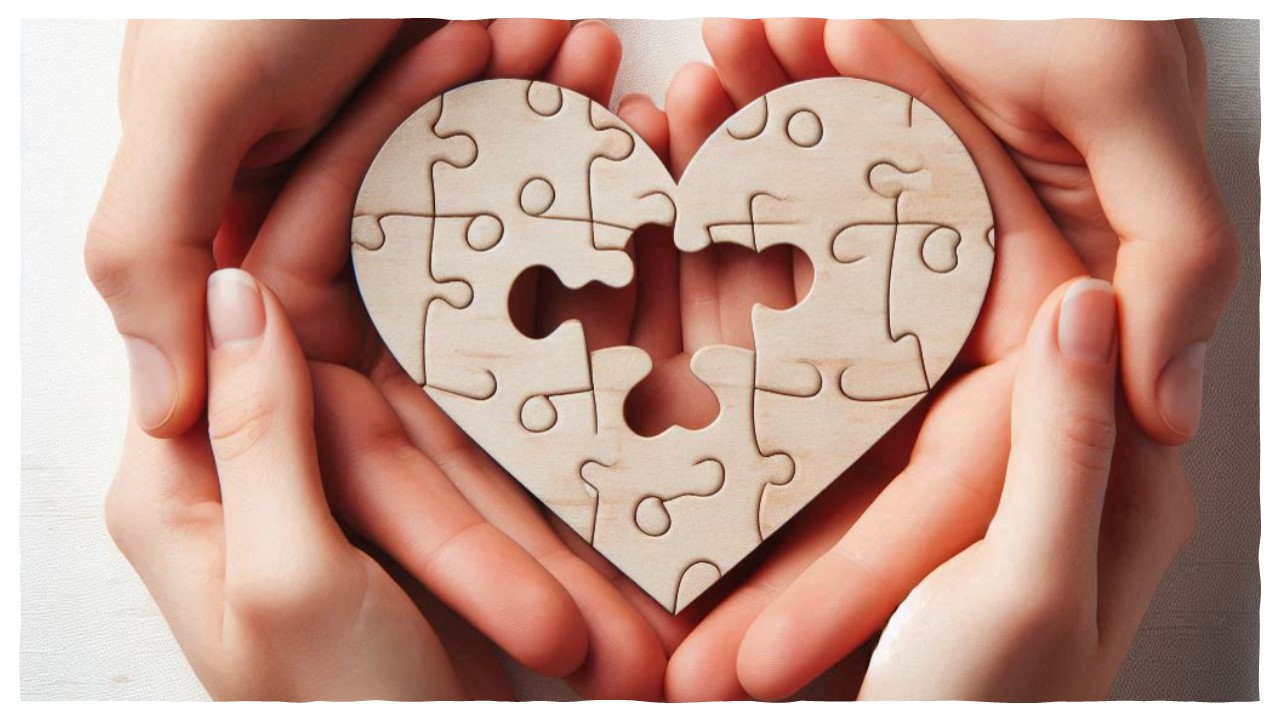How can we know if someone loves us or at least finds us attractive? There are certain verbal and non-verbal expressions and behaviors that we recognize as mutual attraction (Karandashev, 2024). However, our perception when we are in love is biased. Once we love someone, we tend to believe that he or she also loves us, and that our attraction is mutual. Why does this occur?
Romantic love involves the idealization of the beloved and the relationship (Karandashev, 2019; 2022). It turns out that our love and romantic attraction make our perceptions positively biased. We tend to deceive ourselves in hopes of a mutual attraction.
Men are especially prone to overestimating the interest of others in them. When a man finds someone attractive, he is likely to believe that the other person is also interested in him.
A New Study on How Romantic Attraction Affects Our Perception
A recent study demonstrated how romantic attraction influences our attention and perception, as well as how we make choices when we find someone attractive. To explore these questions, cognitive psychologist Iliana Samara from Leiden University in the Netherlands conducted her project on the topic “How do we form romantic bonds?“
Does a Long Gaze Indicate Attraction?
Speed dating experiments showed that people tend to respond faster to attractive faces. In four experimental sessions, the researchers paired 10 women and 10 men for a five-minute speed dating encounter with all participants from the opposite sex.
Prior to their actual meeting, researchers showed participants a picture of the person with whom they would later go on a speed date and asked them to rate their level of attraction towards them. Then, the participants’ speed dates followed.
Researchers observed the participants’ gazes using eye tracking technology and found that they lingered longer on the faces of those they previously rated as attractive.
How Our Excitement Blinds Us
Following the speed dating experiment, researchers asked the participants whether they were interested in a subsequent date. Researchers also asked participants whether they expected that interest to be mutual. It turned out that men often overestimated the likelihood that their date would desire to meet them again.
Researchers primarily observed this tendency in men who felt attracted to their dates. Men with a lower degree of attraction and interest in the other person were more realistic in their estimations of their chances for a mutual attraction.
Such sexual over-perception bias implies that the way we interpret social cues perceived in communication with other people depends on how aroused we are ourselves. Why do men, in particular, overestimate their likelihood of getting mutual attraction from others more than they really do?
As Iliana Samara, a Leiden University researcher, explains,
“A theory from evolutionary psychology suggests that women have to be more selective; if they have sex with a man who then does not invest in them, they may have to handle a resulting pregnancy and offspring on their own. Women are therefore more vulnerable if they make a wrong judgment in dating. On the other hand, men would rather risk some embarrassment than miss out on the opportunity to mate.”
How a Coy Smile Betrays Our Sexual Interest
The final experiment by Iliana Samara looked at how partners mirror one another’s nonverbal cues on speed dates. She explains,
“Mimicking each other’s facial expressions and body language has a social advantage; people who subtly mirror each other find each other more likable.”
Samara conducted a thorough analysis of more than a hundred videos from the speed dates to identify the expressions that were associated with a follow-up date. She rendered the videos without sound to focus exclusively on the facial expressions. During the coding process, it took her more than three hours per video to record the facial expressions and observe the speed at which they occurred consecutively.
Participants in speed dating who looked at their dates with the same expression for five seconds were probably subconsciously mimicking them. Samara commented,
“We assumed that imitating each other’s smiles would increase the chances of getting a second date. Surprisingly, that was only true for the coy smile, where, while smiling, you tilt your head or look away for a moment. This expression often indicated mutual interest. Conversely, people who mirrored a broad, genuine smile at each other during a date more often did not want to go on a second date with the other person.”
Conclusion
These findings add important pieces of knowledge about non-verbal cues of interpersonal attraction to the abundance of scientific publications that are available on the topic (see Karandashev, 2024, for review). Iliana Samara is going to continue this line of research on romantic attraction at Leiden University. In the future, she would like to adopt a different approach to this research.
